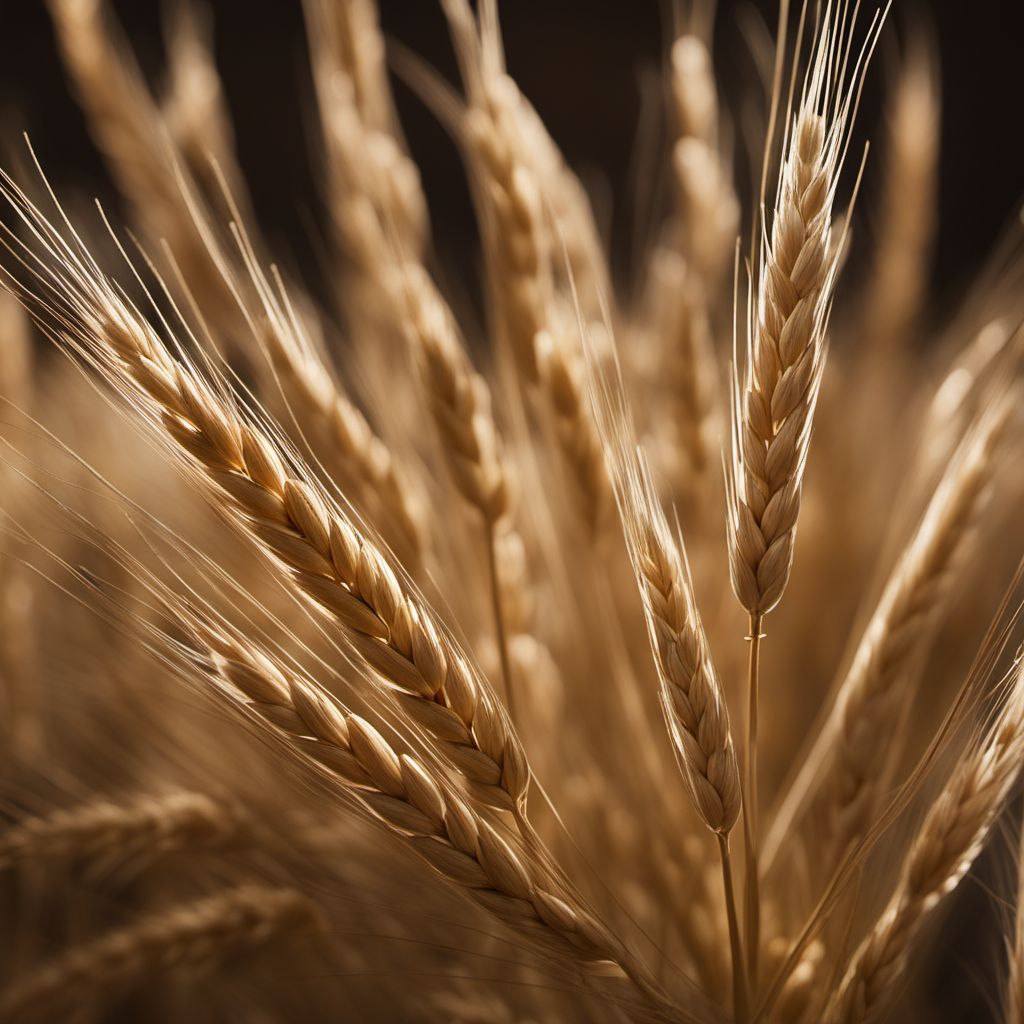
Ingredient
Tritordeum
The Golden Grain: Unveiling the Wonders of Tritordeum
Tritordeum is a natural hybrid grain created by crossing durum wheat and wild barley. It possesses a golden hue and a slightly nutty flavor, with a hint of sweetness. Its texture is similar to that of durum wheat, offering a pleasant chewiness. Tritordeum's appearance is characterized by its elongated shape and a smooth outer layer, making it visually appealing in various dishes.
Origins and history
Developed by Spanish scientists in the early 21st century, Tritordeum was bred to combine the best qualities of durum wheat and wild barley. Its creation aimed to enhance sustainability in agriculture while providing a nutritious and flavorful grain. The cultivation of Tritordeum primarily takes place in Spain, where it has gained recognition for its exceptional qualities.
Nutritional information
Tritordeum is a nutritional powerhouse, rich in dietary fiber, vitamins (such as vitamin E and B-complex vitamins), and minerals (including iron, magnesium, and zinc). It is also lower in gluten content compared to traditional wheat varieties, making it a suitable option for individuals with mild gluten sensitivities.
Allergens
Tritordeum contains gluten, which may trigger allergic reactions or intolerances in individuals with celiac disease or severe gluten sensitivities.
How to select
When selecting Tritordeum, look for grains that have a vibrant golden color, free from any signs of discoloration or damage. Opt for organic or locally sourced options whenever possible to support sustainable farming practices.
Storage recommendations
To maintain the freshness and quality of Tritordeum, store it in an airtight container in a cool, dry place. This will help preserve its flavor and prevent moisture absorption, ensuring its longevity.
How to produce
Tritordeum is primarily produced by agricultural professionals using specialized breeding techniques. However, amateur gardeners can experiment with growing wild barley and durum wheat separately to gain a deeper understanding of the parent grains involved in Tritordeum's hybridization process.
Preparation tips
Tritordeum can be used in various culinary applications, including baking bread, making pasta, or adding it to salads and pilafs. When cooking Tritordeum, it is recommended to rinse the grains thoroughly before cooking to remove any impurities. Use a ratio of 1:2 (grain to water) and simmer for approximately 30-40 minutes until the grains are tender yet slightly chewy. Experiment with different herbs, spices, and sauces to enhance its flavor and create unique dishes.
Culinary uses
Tritordeum can be used in a multitude of culinary creations, such as hearty bread, flavorful pasta, nourishing grain bowls, and even desserts like cookies and cakes. Its versatility allows it to be incorporated into both savory and sweet dishes, adding a distinctive touch to various cuisines.
Availability
Tritordeum is primarily cultivated and available in Spain, where it has gained popularity among chefs and food enthusiasts. However, its availability is gradually expanding to other regions as awareness of its unique qualities grows.
More ingredients from this category
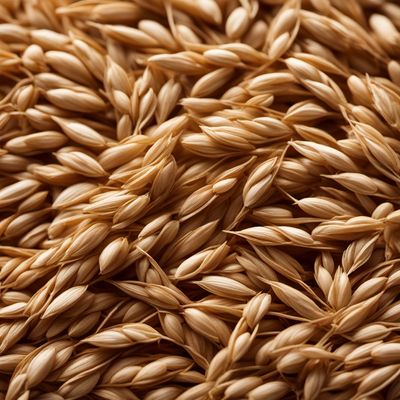
Khorasan wheat grain
The Ancient Nutrient

Other species of genus Triticum, not elsewhere mentioned
Ancient Grains: Exploring the Lesser-Known Triticum Varieties

Einkorn wheat grain
Ancient Grains Rediscovered: Einkorn Wheat

Durum wheat grain
The Golden Kernel
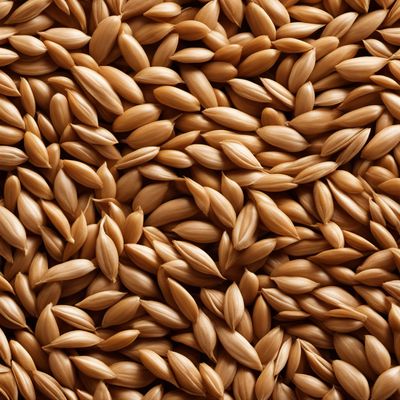
Emmer wheat grain
The Ancient Grain: Emmer Wheat
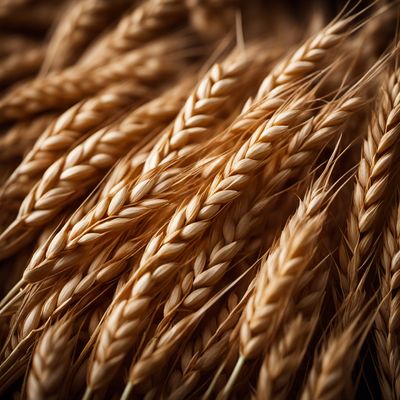
Common wheat grain
The Versatile Staple: Common Wheat Grain
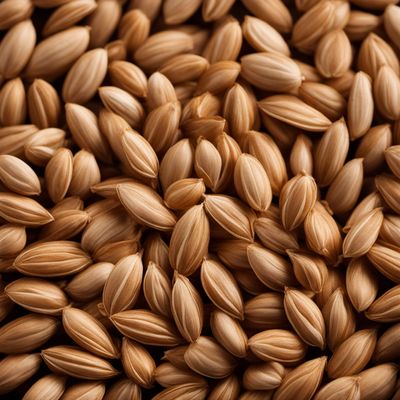
Spelt grain
The Ancient Nutritious Grain
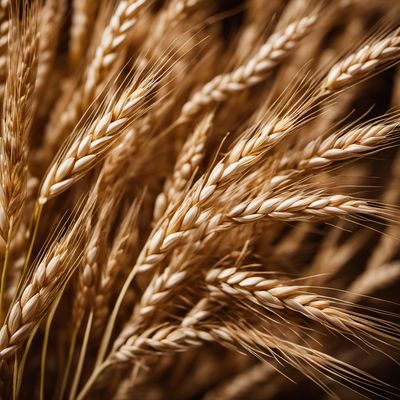
Triticale grain
The Versatile Hybrid: Triticale Grain